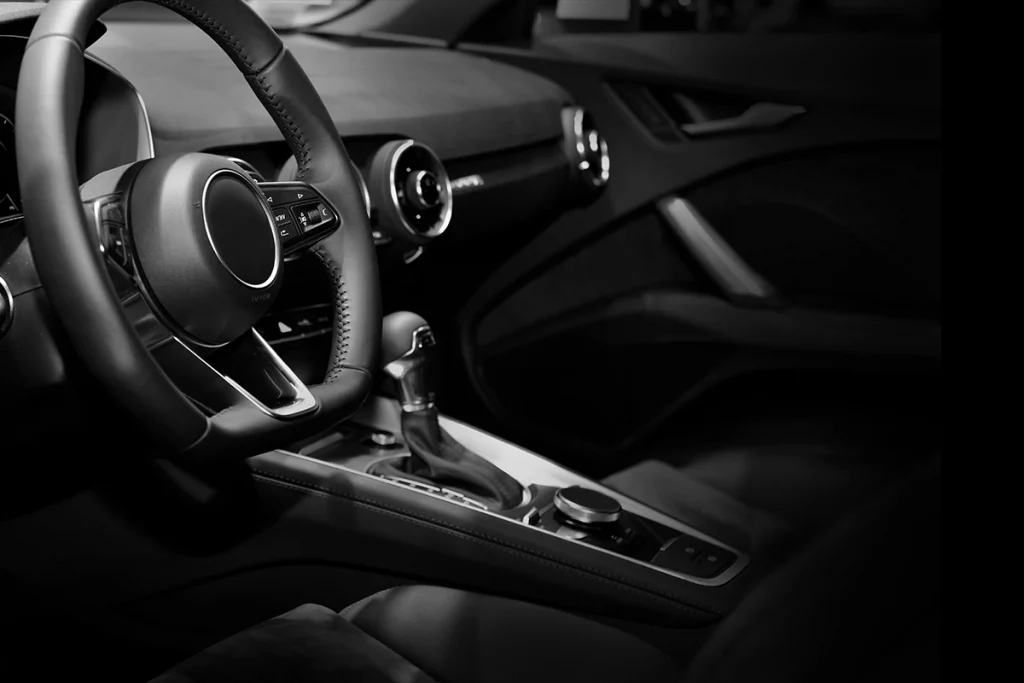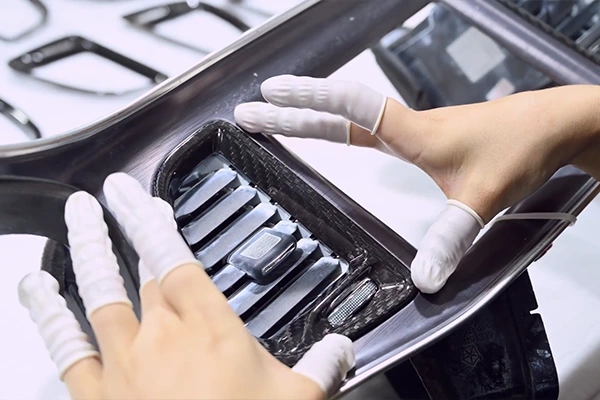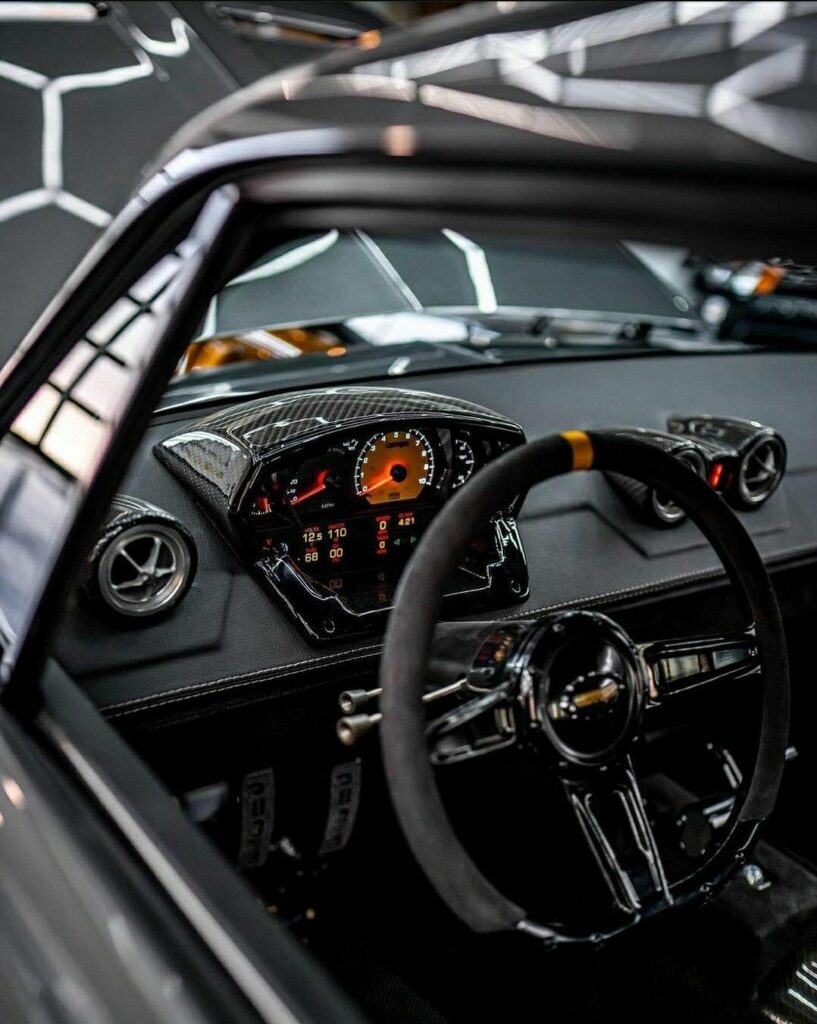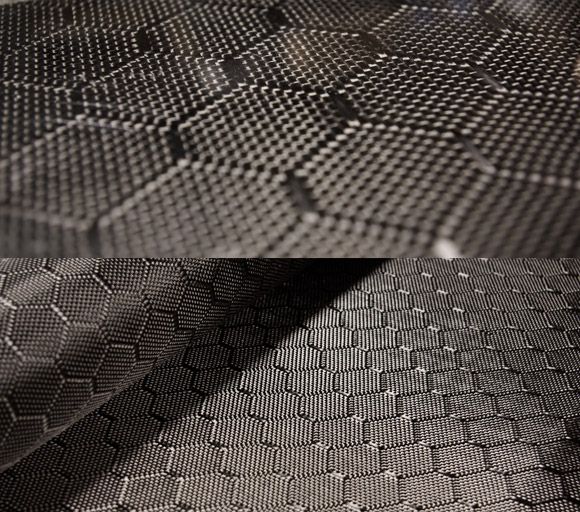| Comparison | Carbon Fiber Car Parts | Traditional Car Parts |
| Component | Carbon fiber | Metal-based parts: steel, aluminum, and iron Plastic-based parts |
| Weight | Lighter than traditional car parts | Plastic-based parts are lighter than metal-based parts |
| Strength | Higher strength-to-weight ratio than traditional car parts | Metal-based parts are heavy and bulky than plastic parts |
| Stiffness | Stiffer than traditional car parts | Metal-based parts are sturdy than plastic parts |
| Durability | Highly durable than traditional car parts | Metal-based parts are durable than plastic parts |
| Cost | More expensive than traditional car parts | More affordable than carbon fiber parts |
Carbon fiber car parts have gained significant popularity in recent years due to their numerous advantages over traditional car parts. These benefits include better performance, increased fuel efficiency, and improved aesthetics. As a result, it is essential to understand the differences between carbon fiber car parts and traditional car parts to make informed decisions when purchasing car components.
Through this article, we will explore how carbon fiber car parts differ from traditional car parts, their applications in automotive engineering, and the factors to consider when choosing a carbon fiber car parts manufacturer.
What are Carbon Fiber Car Parts?

A. Material composition
Carbon fiber car parts are made of carbon fiber, which is a material characterized by its strength, lightness, and flexibility. The manufacturing process involves weaving carbon filaments together in a particular pattern and then binding them with resin. The resulting carbon fiber material is highly resistant to impact and is known for its superior strength-to-weight ratio.
B. Pros and Cons of carbon fiber car parts
Carbon fiber car parts offer several benefits over traditional car parts:
Pros:
- Carbon fiber has a significantly lower weight than metal or plastic, which helps to improve fuel economy and performance.
- Carbon fiber offers greater strength and stiffness than traditional car parts, improving the car’s handling and driving experience.
- Carbon fiber is highly resistant to impact and has a longer lifespan than other materials, reducing the need for frequent replacements.
- Carbon fiber parts have a sleek and modern appearance, giving the car a high-end aesthetic appeal.
Cons:
- Carbon fiber car parts can be expensive compared to traditional car parts
- Carbon fiber parts require specialized knowledge to repair or maintain and can be more challenging to work with compared to traditional parts.
- Carbon fiber can be brittle and prone to cracking or chipping in certain circumstances, such as in high-impact collisions.
What are Traditional Car Parts?
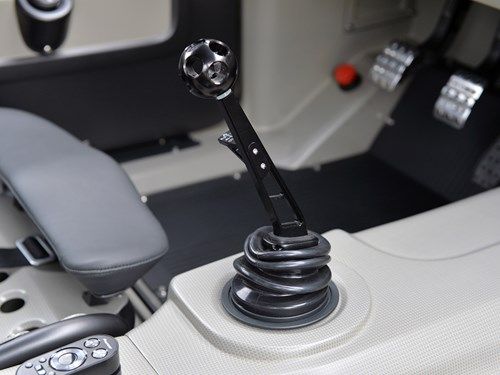
source: pinterest
A. Material composition
Traditional car parts are typically made from metal, plastic, or a combination of both. Metal-based parts, such as steel, aluminum, and iron, are the most commonly used materials in traditional car parts. Plastic-based parts, on the other hand, are lighter and more cost-efficient than metal-based parts and are used in interior car components and certain exterior parts, such as bumpers.
B. Pros and Cons of traditional car parts
The use of traditional car parts has its advantages and disadvantages.
Pros:
- Metal-based parts are durable and have high resistance to impact.
- Plastic-based parts are lighter than metal-based parts and save weight, which improves fuel efficiency.
- Traditional car parts are readily available and more affordable compared to carbon fiber parts.
Cons:
- Metal-based parts add significant weight to the car and reduce fuel economy.
- Plastic-based parts have lower resistance to impact and wear and tear.
- Metal parts can rust, and plastic parts can deteriorate over time.
- Traditional car parts can be less aesthetically pleasing compared to carbon fiber parts .
Traditional Car Parts vs. Carbon Fiber Car Parts
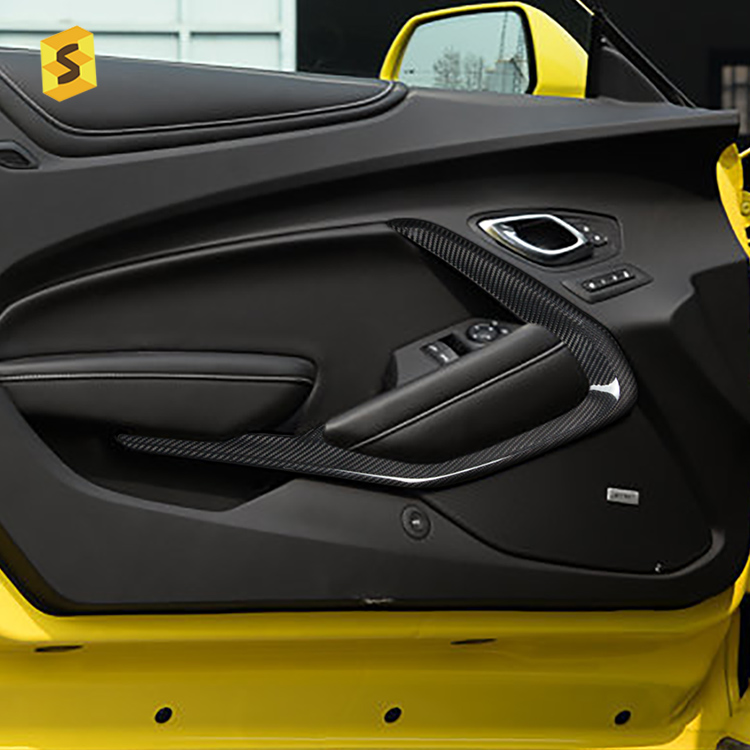
There are several significant differences between traditional car parts and carbon fiber car parts:
A. Weight
Carbon fiber car parts are significantly lighter than traditional car parts, making them desirable for high-performance and racing applications. Carbon fiber’s lower weight translates to better fuel efficiency and a more agile driving experience.
B. Strength
Carbon fiber car parts have a higher strength-to-weight ratio compared to traditional car parts. While metal-based parts are sturdy, they are often heavy and bulky, while plastic parts are lightweight but not as strong as metal-based parts. Carbon fiber offers the best of both worlds as they offer high strength while maintaining a much lighter weight.
C. Stiffness
Carbon fiber car parts are stiffer than traditional car parts. Their stiffness means that they are less likely to get bent or misaligned under stress, which results in improved handling and performance, especially in sports cars.
D. Durability
Carbon fiber car parts are highly durable and resistant to wear and tear compared to traditional car parts, such as plastic and metal. Carbon fiber parts tend to have longer lifespans, which translates to fewer replacements over the car’s lifetime.
E. Cost
Carbon fiber car parts tend to be more expensive than traditional car parts, which can make them out of reach for some car owners. While traditional parts cost significantly less, carbon fiber parts are considered a long-term investment because they are durable and require fewer replacements over time.
Carbon Fiber Car Exterior & Interior Parts
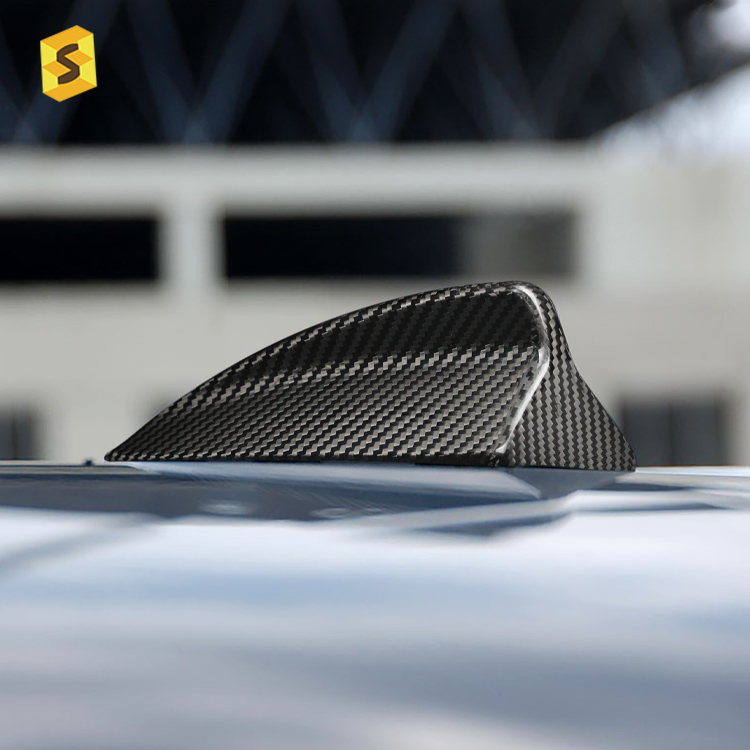
Carbon fiber car parts can be used for both the exterior and interior of the car. These applications include hoods, spoilers, fenders, bumpers, dashboard, seat frames, and door panels.
A. Advantages
- Lightweight: Carbon fiber parts result in a significant reduction in weight, which improves fuel economy, handling, and performance.
- Improved Aesthetics: The sleek and modern look of carbon fiber parts can enhance the car’s appearance, making it more desirable and valuable.
- Better Performance: Carbon fiber parts offer improved stiffness and strength, resulting in better handling and overall car performance.
B. Disadvantages
- Cost: Carbon fiber parts are generally more expensive than traditional car parts, making them inaccessible to some car owners.
- Limited Applications: Carbon fiber parts’ stiffness and brittleness make them unsuitable for some applications, particularly soft-touch surfaces like armrests or door handles.
- Specialized Knowledge and Equipment: Installing or repairing carbon fiber parts requires specialized knowledge and equipment, adding to the cost of ownership. Carbon fiber repairs can also be more challenging to complete than traditional repairs.
- Brittleness: Carbon fiber parts can be brittle and prone to cracking or chipping in certain circumstances, such as in high-impact collisions. This increases the risk of damage and means that caution must be exercised when installing or handling carbon fiber parts.
Choosing a Carbon Fiber Car Parts Manufacturer

When choosing a carbon fiber car parts manufacturer, it’s essential to consider several factors to ensure quality and value for money.
A. Reputation
Look for manufacturers with a proven track record for producing high-quality carbon fiber parts. Research the company’s online reviews, customer support, and supplier testimonials.
B. Quality
Quality should be your main priority when choosing a manufacturer. Look for manufacturers that use high-grade materials, have skilled workers and engineers, and use cutting-edge manufacturing processes and technology.
C. Price
While cost should not be your primary consideration, it’s still important to get a fair price for the products you buy. Compare prices of different manufacturers to get the best possible value for your money.
Conclusion

source: pinterest
In conclusion, carbon fiber car parts offer numerous benefits over traditional parts, including weight reduction, improved performance, aesthetics, and durability. When choosing a supplier of carbon fiber car parts, it is essential to consider factors such as reputation, quality, and price.
The future of car parts is shifting towards carbon fiber components, as the advancements in technology lead to more affordability and innovation from increased competition. By choosing carbon fiber car parts, you can expect to enjoy better fuel economy, improved vehicle performance, and increased longevity. It is important to make an informed choice when choosing a supplier for your carbon fiber car parts.



